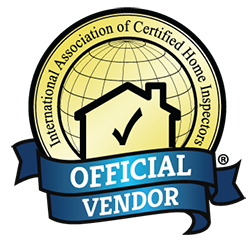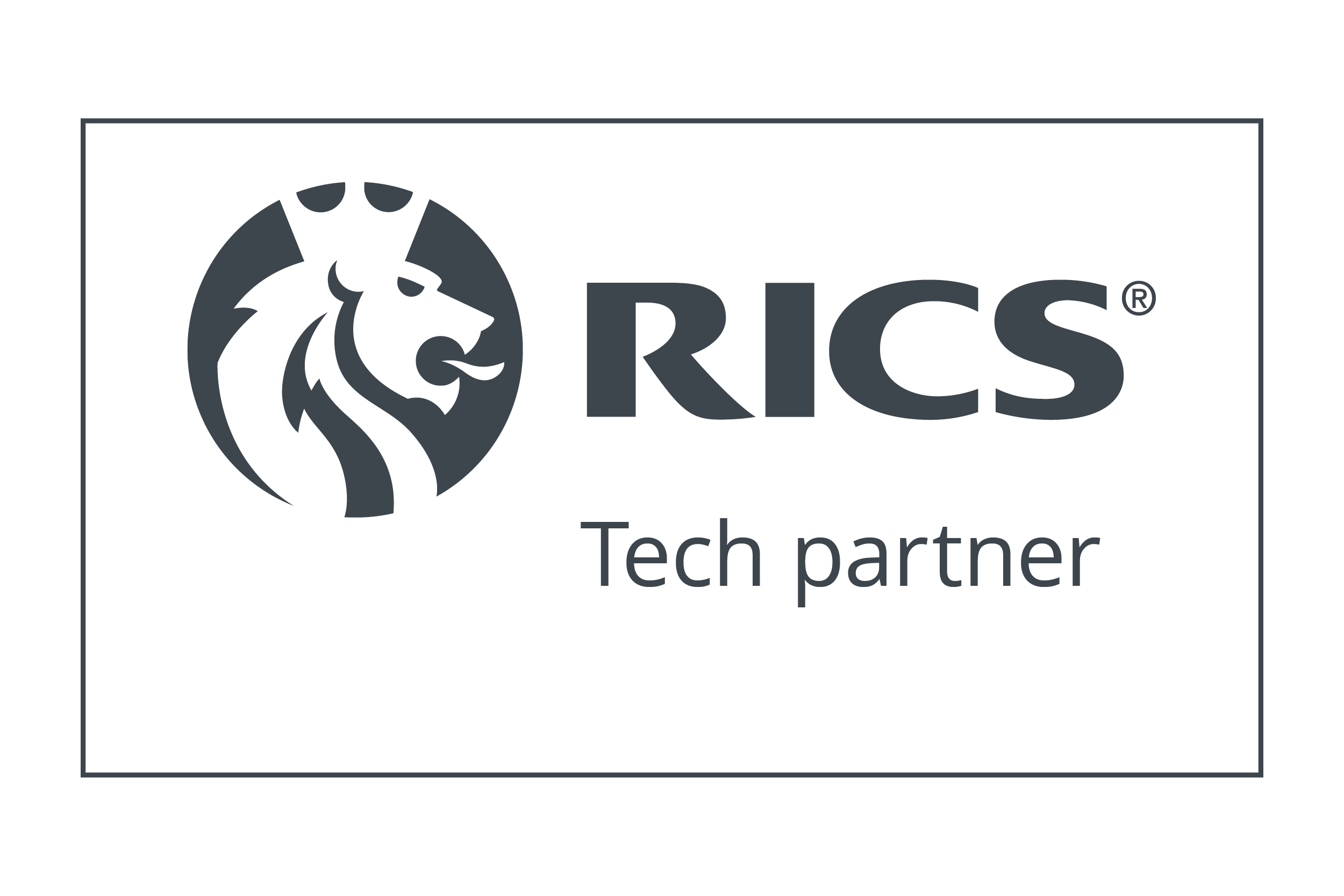For apartment owners and property managers, property inspections are crucial. There are four basic types: the move-in inspection, the move-out inspection, drive-by inspections, and periodic routine inspections. The condition of a property will affect how easily a property manager can fill vacant apartments with qualified renters.
There is currently a big demand for apartments and rental properties, and this has led to a significant increase in the number of apartment buildings constructed in recent years. If the market changes, the smaller number of people seeking an apartment to rent will have many options for newer apartments. Property managers and real estate investors must inspect their properties to be sure they remain appealing and competitive in the market.
Move-in and move-out inspections are going to occur in some manner every time there is a change of tenants, but it is easy for property managers to become lackadaisical about routine safe and clean inspections and drive-by inspections. If property managers are negligent about conducting routine interior inspections and drive-by inspections, they lose control of the move-in and move-out inspections. In addition to protecting property owners in the event that they must go to court over a security deposit, proper documentation of damages is also needed for filing an insurance claim. Routine inspections also prevent minor repair issues from getting out of hand.
Routine interior inspections
Property managers should schedule these inspections for every three to six months when the apartment is occupied. If a property manager waits longer than six months, it could allow the condition of the property to decline rapidly unchecked. The primary purpose of routine scheduled inspections is to check for any problems the tenant might have caused. These issues include holes in the walls, doors removed from hinges, or fixtures that have been damaged or removed.
The property manager should also look for issues that are not the fault of tenants but could incur an unnecessary expense if not corrected promptly. This might include leaky faucets, old caulking around the tub, and other moisture-related issues. All issues found during the inspection should be photographed. Provide the tenants with a copy and schedule a follow-up inspection, giving the tenants adequate time to correct any things that are their responsibility. For other matters, the maintenance team should correct them right away to maintain good relations with renters and demonstrate that the property owner takes maintaining the condition of the property seriously.
Drive-by inspections
This type of inspection should be carried out randomly and frequently by property owners. The goal is ensuring that the property manager and other staff are performing their duties and that tenants are in compliance with their lease. One of the main things that can be observed during a drive-by inspection is if tenants are keeping any pets that are not allowed or have more occupants in a unit than are allowed by the lease. If there is a violation, notify the tenants in writing and schedule an interior inspection.











